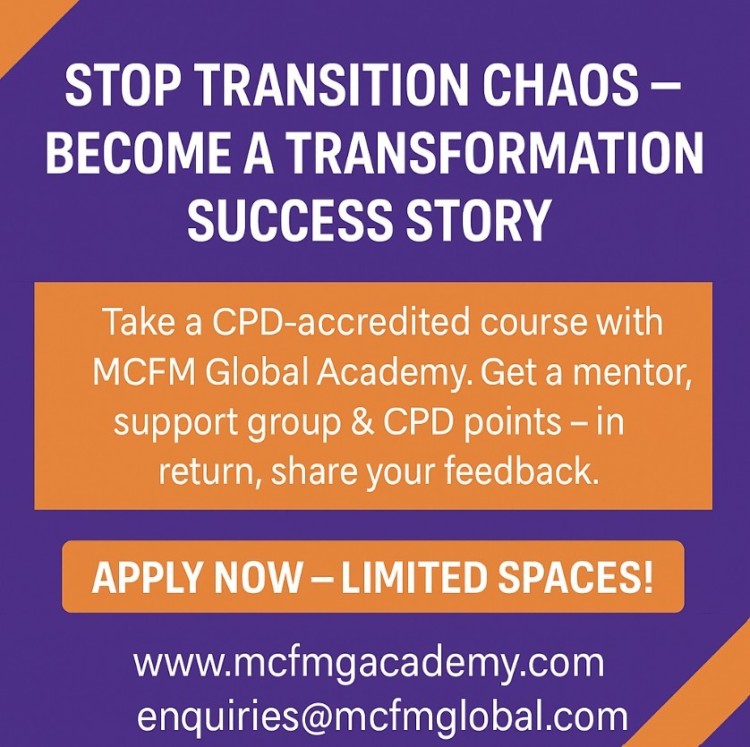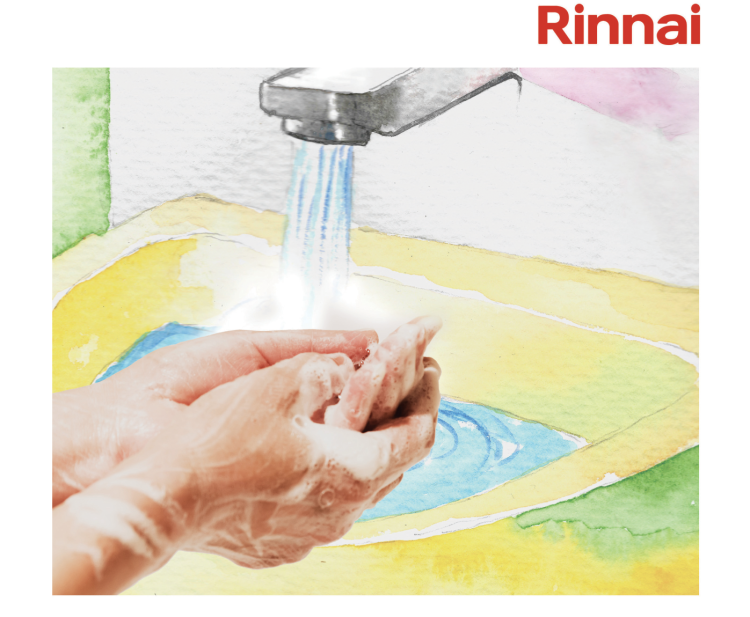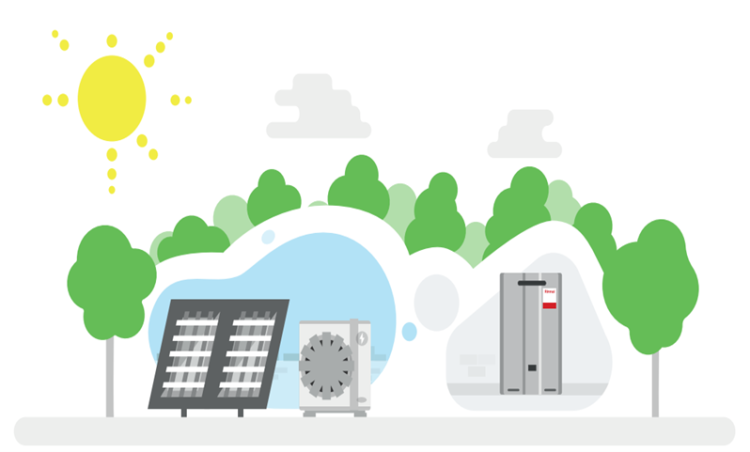14 September 2022 | Updated 15 September 2022
One of the challenges of managing facilities in the era of hybrid working models is managing how space is used or needed. The developers of the world’s smallest wireless sensors have launched an innovation that they believe can help.
Thanks to the pandemic, occupancy data in buildings took on a renewed importance in keeping spaces safe. FMs needed this information to mitigate the spread of COVID-19 as much as possible, by carefully monitoring cleaning schedules, ascertaining high footfall areas and knowing exactly which facilities have been used day-to-day.
As buildings began to reopen and repopulate, the need for data remains. Within commercial real estate, knowing precisely how much working space is needed, and being able to accurately plan the FM service provision around it, is essential. Particularly when the workforce continues to spread itself between the office, flexible spaces and home working.
Occupancy sensors are a way to help facilities managers maintain an accurate sense of how their buildings are being used. FMs can monitor and analyse space occupancy, property damage protection, feedback and service, cleaning, energy management, safe water, and cold monitoring through such technology.
"Desk occupancy monitoring is critical for efficient resource management," explains Bengt Lundberg, CEO of Disruptive Technologies (DT). “Our new sensor is easily installed without the need for invasive infrastructural changes or taking up valuable space. It provides real-time data on workspaces while respecting the privacy of your workforce, helping workplace and facilities managers maximise services and resources.”
DT’s occupancy sensors use temperature measurements and machine learning to determine if a desk is occupied or not. It automatically and anonymously detects if a desk is occupied within five-ten minutes of the person arriving at the desk. Similarly, it will detect if a desk is not occupied within five-ten minutes of the person leaving.
The Issue of Occupant Privacy
Monitoring has always carried a number of concerns around cost, technical integration, and most importantly, privacy and worker rights. Disruptive Technologies' new sensor eliminates those concerns.
DT is known for its world's smallest wireless sensors, and the Desk Occupancy Sensor is truly tiny (19x19x3.5mm), with an adhesive backing to allow for a simple, 30-second, peel-and-stick, installation under any desk or table.
The sensor is placed under each desk and accurately records the occupancy status of each individual desk or table. This is done without identifying the individual or the use of cameras.
Picture: a photograph of an occupancy sensor with a QR code on it. A pencil is shown next to it for scale. Image Credit: DT
Article written by Ella Tansley | Published 14 September 2022
Share
Related Articles
Medway Council Targets 20% Reduction in Emissions Across 11 Public Buildings
Libraries, theatres and leisure centres in the South East of England are being targeted for carbon emission reduction in association with SSE Energy Solutions and Medway...
Read Full Article
How to Identify and Address IoT Security Weaknesses
Data-driven facilities management is now the expected norm, but security concerns about IoT systems still remain amongst FMs and tenants.
The Internet of Things (IoT)...
Read Full Article
Smart Buildings at Increased Risk of Cyber Attacks, Says Verdantix
The operational technology that powers connected devices across building systems is providing more entry points for cyber criminals to exploit, says research and advisory...
Read Full Article
Saving Energy at Christmas in Commercial Buildings
The quiet holiday period offers the ideal chance to assess buildings' energy efficiency, says Michael Grant, COO of Metrikus.
In this opinion piece,...
Read Full Article
Occupancy Data for Energy Efficiency Post-COVID
In a world where buildings are responsible for up to 39 per cent of CO2 emissions, sustainable use of office space and reducing environmental costs ought to be embedded...
Read Full Article
Disruptive Technologies Named Property Tech Company Of The Year
Disruptive Technologies, the creator of the world’s smallest wireless sensors, has been named the Property Tech Company of the Year at the Global Business Tech...
Read Full Article
Monitoring Energy Usage at Met Office HQ
Ralph James, FM & Technical Services Manager at the Met Office, explains how the latest sensor technology has allowed him to monitor the temperature and gather air...
Read Full Article
Smart Technology Comes to London Docklands Light Railway
PropTech company WeMaintain has signed a contract with KeolisAmey Docklands to supply smart maintenance solutions to all London Docklands Light Railway stations.
The...
Read Full Article
Half of UK Employees Want Access to Workplace Virus Data
Infogrid has announced the results of a survey it conducted on what employees expectations for a healthy workplace are, as restrictions ease in England.
Surveying...
Read Full Article
English Heritage Properties Pilot Risk Management Technology
A building monitoring pilot scheme has been described as putting 18th century Kenwood House “on a technological par with The Shard.”
Dozens of...
Read Full Article

.gif)
.gif)

.gif)




.png)



.png)




